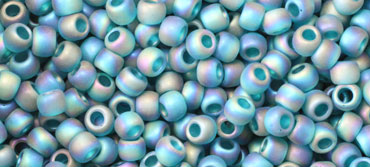HOW CZECH GLASS BUTTONS ARE MADE
The current Boho fashion trend has designers discovering exciting new ways to incorporate Czech Glass buttons in their work. Czech Glass buttons have been produced in Jablonec in Bohemia since the second half of the 18th century. The authenticity and beauty of the buttons — and the art created with them — make the extra efforts required an essential investment of our time.
Czech glass buttons have a proven process without shortcuts. With several decades of experience each, our artisans make it all look deceptively easy when we visit. But each button is an individual work of art. Everyone is pressed, smoothed, and (usually) hand-finished. A final fire polish often seals the work, making the durable art wearable for generations.


MOLDS
Many of Jablonec’s button molds have been lost, damaged or purchased by offshore and knock-off companies. Most of the remaining production comes from traditional molds passed between generations of glass pressers. We have brought tens of thousands of buttons in those designs to the United States over the years.
The factories in Jablonec have the negative and positive molds for each button. The first step in the process of making the Czech glass buttons is to choose one of those molds. The hand-presses or tongs will hold the mold on it, and once the glass is soft enough, the pressing process will begin.






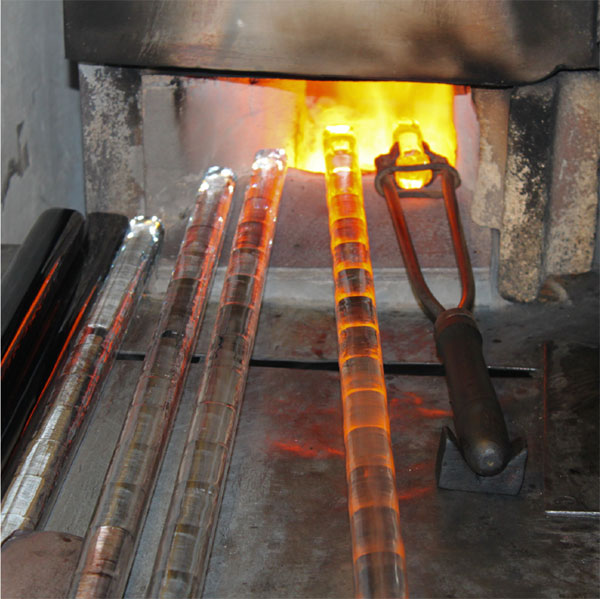

GLASS RODS
The raw material for making the buttons are glass rods produced in the Czech Republic. Czech glass has remarkable quality, strength, and stability, with over 900 colors available. The production of glass rods is made by machine (for the transparent and opal colors) and by hand (for many of the opaque and mixed glass colors). Each color is made with minerals and chemical compounds, and some of the most expensive colors, like magenta, require gold!
After choosing the mold of the button, we need to select the color of the glass. We use cards with all available colors. Each color has its own code, depending on if they are transparent, opaque, opal, or mixed glass. If, for example, we want to create a button with a volcano finish, the glass we select is a plain transparent color.
Once the glass color is selected, the glass rods get melted in the oven to be pressed into the mold.


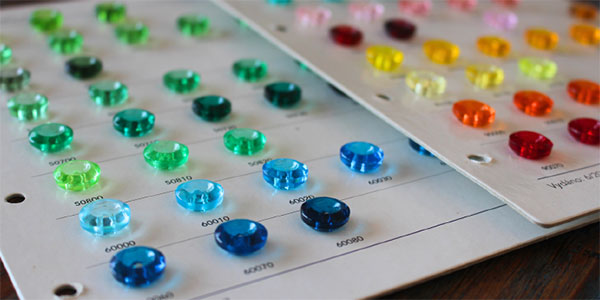

PRESSING
The hand pressing of malleable glass with tongs is the oldest and simplest way of shaping glass in metal molds. If the glass button has a shank made of glass, the artisan will press the buttons in a row, and later on, each piece will be separated. But if the glass button has a metal shank (like most of our buttons), the metal shank is placed first inside the mold before pressing the glass.
Once the glass rod is pressed, the extra glass around the button is cut away with a pair of scissors while the glass is still soft.
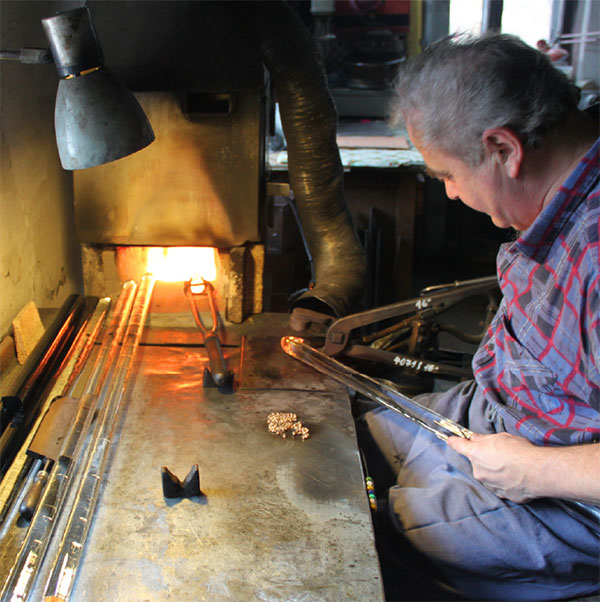

STEPS TO MAKE BUTTONS WITH METAL SHANK:
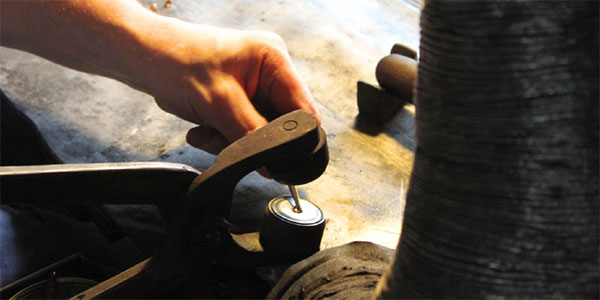







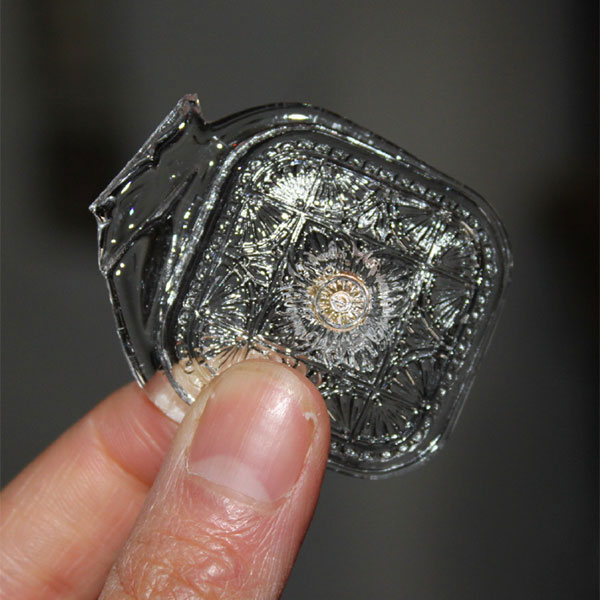

STEPS TO MAKE BUTTONS WITH GLASS SHANK:
To create these buttons, the artisans only use step number 2. The buttons will be pressed in a row and broken apart, as in the image on the right.




FINISHING AND POLISHING
The final process of the production of buttons is polishing and finishing. After pressing the glass into the mold, the buttons come out in very rough conditions, their edges will need to get smoothed with a machine.
Once the buttons are polished, chemical coatings or hand paint will be applied. If we want the buttons to have a volcano finish, a layer of chemical coatings will be applied on the back of the button. If we want these buttons to have silver or gold accents, the paint is added manually on top of the buttons.
Once the paint or chemical coatings have been applied to the surfaces, the buttons are fired in the oven so the paint and chemicals get fixed on the glass. The buttons dry for a few days before packing them to our office.
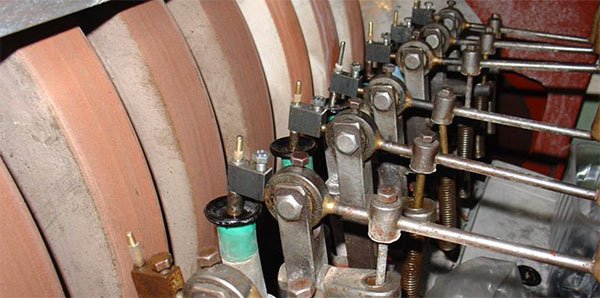

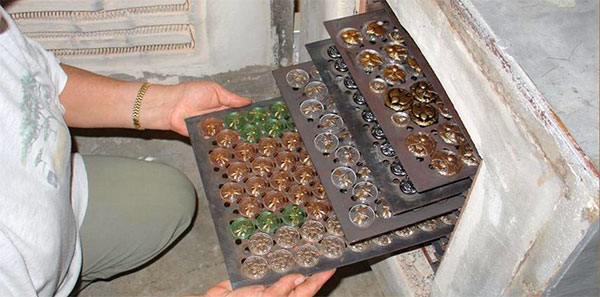

Nirvana is proud to be part of keeping the tradition alive and providing our customers with the beautiful result.
Many have learned to stock up on their favorite buttons as they become available. Buttons are still being produced, but molds break, and pressers retire. Before World War I, there were more than 700 glass production businesses in Jablonec. There is only a fraction of that number today—true craftsmanship, born out of hundreds of years of experience.







